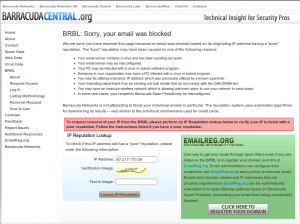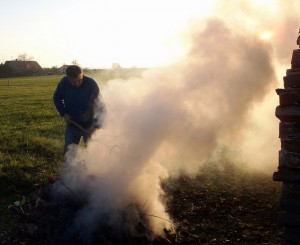The IRS scam email below links to the IRS logo, on the IRS website itself! The government could avoid having its own bandwidth used for scams by adding some rewrite rules in Apache.
When I saw some of my photos being linked from other websites (usually forum-type sites that don’t provide their users the ability to upload their own files), I decided I didn’t want to foot the bill to host images shown on other websites. I followed this great tutorial and implemented my own RewriteRules, which have worked like a charm:
RewriteEngine On
RewriteCond %{REQUEST_FILENAME} \.(gif|jpe?g|png)$ [NC]
RewriteCond %{REQUEST_FILENAME} !no-direct-links\.png [NC]
RewriteCond %{HTTP_REFERER} !^$
RewriteCond %{HTTP_REFERER} !^http://(www\.)?markturner\.net/.*$ [NC]
RewriteCond %{HTTP_REFERER} !^http://(www\.)?planettrilug\.org/.*$ [NC]
RewriteCond %{HTTP_REFERER} !google\. [NC]
RewriteCond %{HTTP_REFERER} !search\?q=cache [NC]
RewriteRule (.*) http://www.markturner.net/wp-content/no-direct-links.png [R,NC,L]
These rules allow images to appear on my website, the PlanetTrilug website, and Google’s image searches, but any other sites linking directly to my images get a “No Direct Links” image instead.
I am pretty easygoing with the use of my images (many of them donated to the public domain), but hosting them for other sites costs me money. If you would like to post one of my images on your website, if it’s a public domain (or Creative Commons) one feel free! If it is not, shoot me an email and let me know your plans. Whatever you do, though, please use your own server. Don’t link directly to my images. Thanks!





